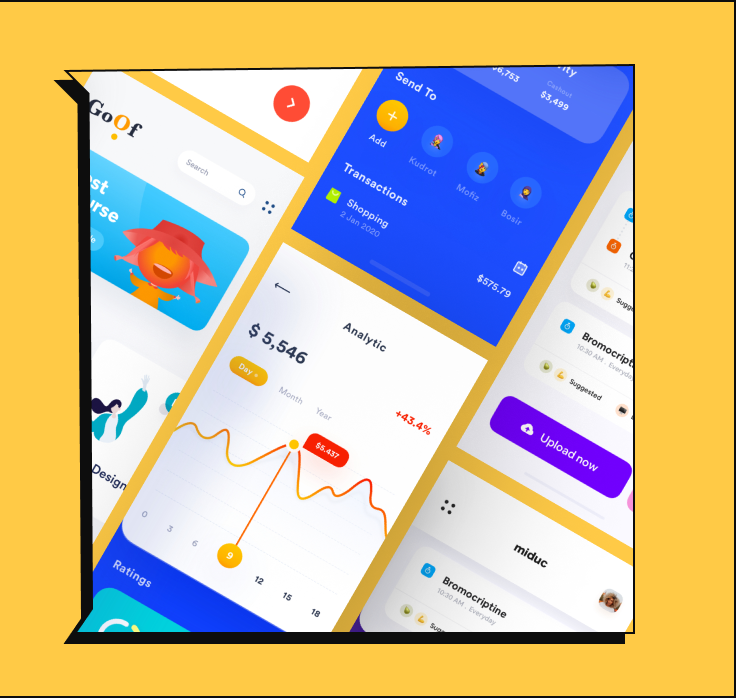Cybersecurity Challenges for SaaS Businesses
May 26, 2024
Did you know that in 2022, the average cost of a data breach for organizations hit an all-time high, exceeding $4.2 million? In the ever-evolving realm of Software as a Service (SaaS), where businesses are increasingly reliant on the cloud, cybersecurity isn't just an IT concern—it's a foundational business imperative. As SaaS platforms burgeon, they inevitably become lucrative targets for cybercriminals whose tactics become more sophisticated daily. This underscores the pivotal role of cybersecurity in the SaaS industry, not only as a means of protection but as a competitive advantage.
Introduction to Cybersecurity in the SaaS Industry
In the SaaS business model, where software is delivered on-demand via the internet, the stakes for cybersecurity are remarkably high. Given that clients entrust SaaS providers with valuable data—from personal information to intellectual property—ensuring the security of these assets is paramount. Failure to safeguard this data can lead to a loss of trust, financial damage, and legal repercussions. Furthermore, SaaS companies encounter distinctive challenges in cybersecurity. They must vigilantly protect their platforms from infiltrations while also guarding against the more insidious risks that arise from third-party plugins, shared resources, and the complexities of multi-tenancy environments. Balancing accessibility with security becomes a tightrope act, necessitating constant vigilance and innovation to keep both the SaaS platforms and client data secure.
The Most Prevalent Cybersecurity Threats to SaaS Businesses
SaaS businesses face an array of cybersecurity threats that can siege their operations in various forms. Data breaches can expose sensitive customer information, leading to regulatory penalties and reputational damage. Ransomware attacks, where hackers encrypt data and demand ransom for its release, can disrupt business continuity and result in significant financial losses. Moreover, DDoS incidents can incapacitate a service, undermining both customer trust and the company's bottom line. Recent statistics paint a grim picture—over 60% of SaaS businesses reported experiencing a cyber attack in the previous year, emphasizing the severity and frequency of these incidents. These figures serve as a clarion call for SaaS companies to fortify their defenses against a landscape rife with potential cyber threats.
The Human Element: Phishing and Social Engineering Attacks
While technology-based solutions are crucial to any cybersecurity strategy, the human element often remains the greatest vulnerability. Social engineering and phishing attacks, which manipulate individuals into divulging confidential information, are alarmingly effective. Cybercriminals craft seemingly legitimate emails or messages that coax unsuspecting employees into compromising security protocols. Educating and training staff to recognize these schemes is vital; employees must be equipped with the knowledge to identify suspicious requests and the procedures to report them. Robust training programs can significantly mitigate the risk of breaches, turning the workforce into an informed first line of defense against phishing and social engineering attacks.
The world of SaaS is inextricably linked to the continuous protection and assurance of customer data—a responsibility that extends far beyond basic compliance. With regulations such as the General Data Protection Regulation (GDPR), the Health Insurance Portability and Accountability Act (HIPAA), and the California Consumer Privacy Act (CCPA) establishing the legal frameworks for data protection, SaaS companies are mandated to uphold stringent data security standards.
Ensuring Data Security and Privacy Compliance
Navigating the complex landscape of regulatory compliance is a formidable task. SaaS businesses are entrusted with vast quantities of sensitive customer data, making them prime targets for cybercriminals. Compliance is therefore not just a legal obligation but a cornerstone of trust between the service provider and its users. Initiatives such as end-to-end data encryption, regular security audits, and the creation of comprehensive data governance frameworks are essential measures to protect against breaches.
The stakes are high. Non-compliance can lead to hefty fines, loss of reputation, and erosion of customer trust. But it's not just about avoiding penalties; it's about reinforcing the assurance that client data is secure. Adopting best practices like encrypting data both at rest and in transit, executing frequent vulnerability checks, and rigorously testing security controls must be ingrained in the operational blueprint of every SaaS enterprise.
Building a Resilient Infrastructure: The Role of Security in SaaS Architecture
The architecture of a SaaS application is not merely a matter of functional design but also a blueprint for security. Secure coding practices play a pivotal role in safeguarding SaaS platforms from the ground up. The integration of a secure development lifecycle (SDLC) ensures that security is not an afterthought but a guiding principle throughout the creation and maintenance of services.
Vulnerability assessments and penetration testing provide actionable insights into potential security weaknesses, allowing for preemptive fortification of the platform. Additionally, partnerships with third-party security services offer SaaS companies an array of advanced tools for continuous monitoring and real-time threat detection. These measures collectively forge a resilient infrastructure capable of not only defending against threats but also swiftly responding to incidents should they occur.
Cultivating a Culture of Security and Continuous Improvement
The human component in cybersecurity cannot be overstated. Cultivating a culture of security is crucial, where every team member, from developers to customer support, understands their role in protecting the company's digital assets. This security-first mindset is the bedrock upon which reliable cybersecurity measures are built.
Embarking on regular training exercises, enforcing security protocols, and implementing thorough incident response strategies all play a significant role in this cultural shift. When a company treats security as an ongoing journey rather than a destination, it becomes more adaptable to the evolving threat landscape. By fostering an environment that values continuous learning and improvement, SaaS businesses can maintain a robust defensive posture that evolves in tandem with emerging threats.
Actionable advice to help the reader grow their SaaS Business:

Ready to Skyrocket Your SaaS?
Leverage our comprehensive list to cut through the noise and elevate your SaaS. The path to your first 1000 users starts here.

